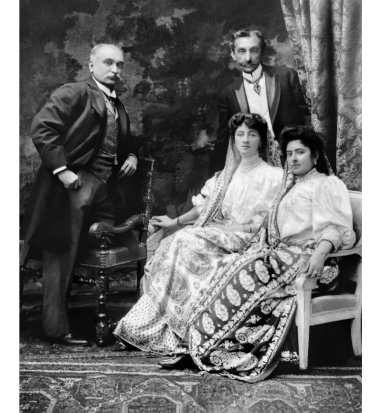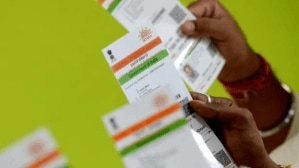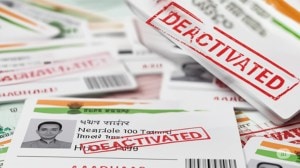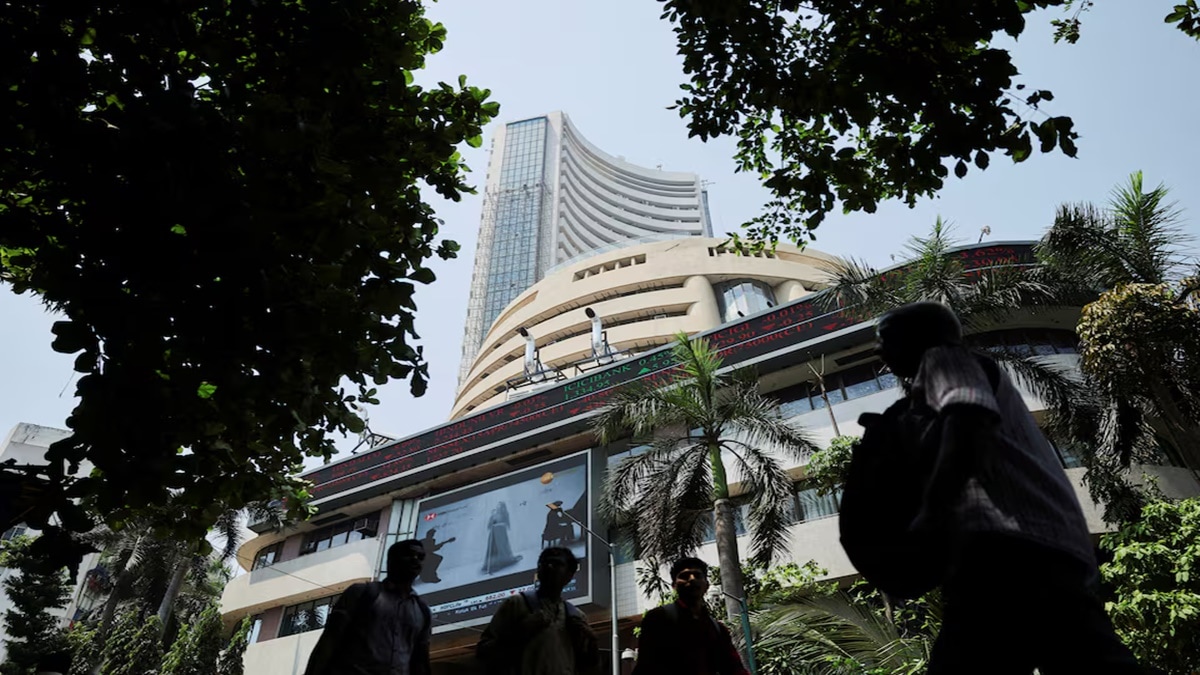Women have conquered and excelled in every aspect of life that they have stepped foot on, from venturing into space to acing everyday tasks, women have set themselves abreast in a world dominated by patriarchal ideals. Suzanne Brière was the first woman to drive a car in India in 1905. She was business magnate Ratanji Dadabhoy Tata’s wife and mother to J.R.D. Tata.
Who was Suzanne Brière?
Suzanne Brière was born and brought up in Paris in 1880. She volunteered to assist in a wounded American soldier’s hospital in Paris during World War I. In fact, a significant number of wounded soldiers arrived in Paris during the Battle of the Marne, which took place not far from Paris where she was volunterring.
It is believed that when Ratan Tata was in Paris, he needed to learn French. Suzanne’s mother Mathilde Briere, who belonged to a fairly high middle-class family of artists and professors, was the choice. While taking lessons from her, he fell in love with her daughter, Suzanne. In 1902, the two tied the knot when Ratanji was 44-years-old and Suzanne was quite young.
Based on a historic recording of J.R.D. Tata, as per the official Tata Group website, he said, “It must have created a bit of a sensation, and my grandmother, who was a very intelligent woman – and who must have found it extraordinary to have a young daughter married to someone from such an exotic and strange country like India, who did not believe in the same god – evidently agreed.”
From Paris to a Parsi family
Suzanne changed her religion from Christianity to Zoroastrianism at the time of her marriage and adopted the name Sooni or Soona. The couple had five kids- Rodabeh, Jehangir, Jimmy, Sylla, and Dorab. Reminiscing about his mother in the interview, J.R.D. said, “My mother was very independent and forthcoming and she decided if father wanted her to become a Parsi she would become a Parsi. It created a storm in India, and there was a long-drawn battle in courts about whether a non-born Zoroastrian can become a Zoroastrian. In the end, father both won and lost the case.”
Suzanne was an independent woman with ideologies way ahead of her time, she was also very close to her mother and wrote letters describing her experience of becoming a part of the Parsi family, the Tata. She is known to be incredibly adaptive and wrote detailed weekly letters to her mother on what was going on. After moving to Navsari, the lifestyle of the family came as a cultural shock to Suzanne. J.R.D. exclaimed, “….seeing my father drink toddy from an earthen pot, walking about barefooted. At first my mother was astounded, then greatly amused. She got on extremely well with the locals, (and adopted) habits (of the) Parsis. She spoke Gujarati, and English, not so well.”

One of her daughters, Sylla, got married to industrialist Sir Dinshaw Maneckji Petit, 3rd Baronet, the brother of Rattanbai Petit, the wife of Muhammad Ali Jinnah.

Jehangir, also known as J. R. D. Tata, was born in 1904. He was the second child born to the couple. J.R.D, at a very young age, found himself shouldering responsibilities with his father in the family business. JRD was one of the first Indians to receive a commercial pilot’s license in 1929. Tata Aviation Service, the predecessor to Tata Airlines and Air India, began flying in 1932. JRD piloted a Puss Moth when it took off on the first flight in Indian aviation history from Drigh Road in Karachi. JRD was the youngest member of the Tata Sons board when he was appointed to the top position in the Tata group in 1938. Without JRD’s unwavering support, projects like the Tata Institute of Fundamental Research, the Tata Memorial Hospital, the Tata Institute of Social Sciences, the National Institute of Advanced Sciences, and the National Centre for the Performing Arts—each a model of excellence in its field—would not have been realised.
Suzanne was the first woman in India to have a driver’s license and drive a car in 1905. She also loved poetry, and music.
In 1923, Suzanne passed away in London where the family had shifted due to business engagements. After her demise, Ratanji Tata shifted the entire family to India to expand his business empire and build the legacy.








